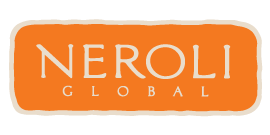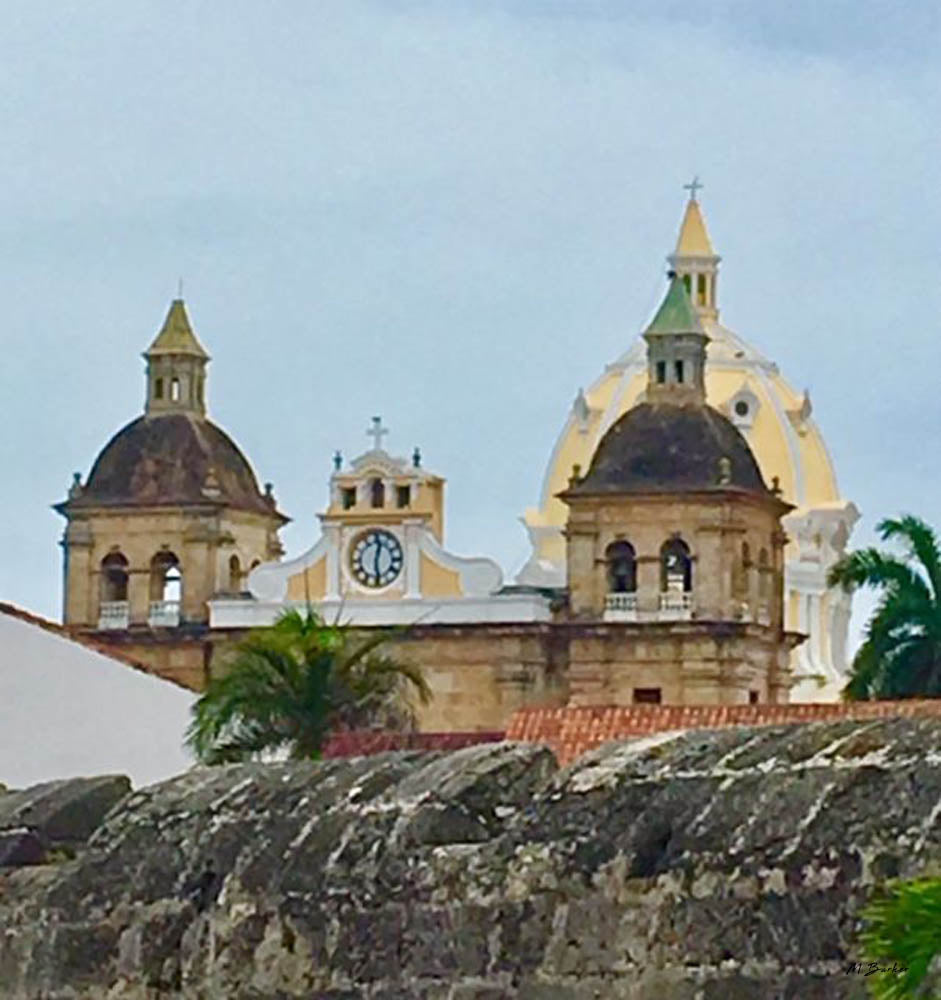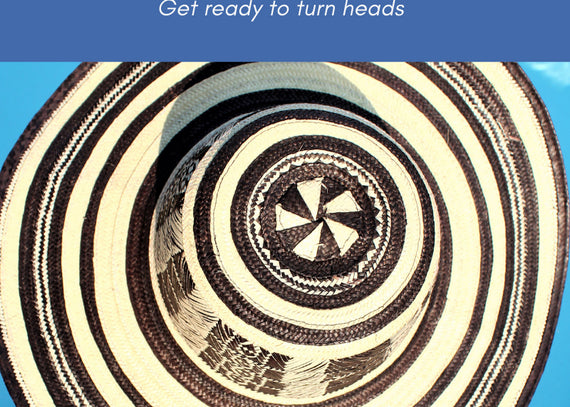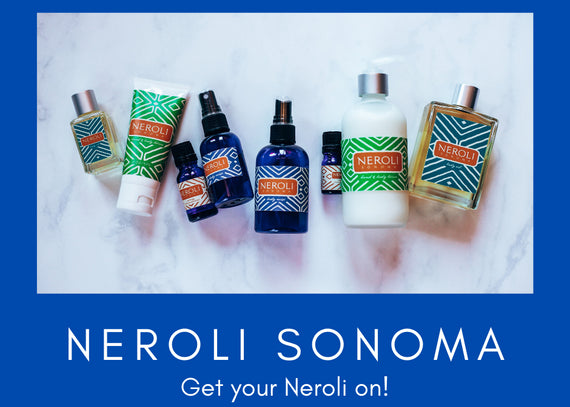Turning Stones

Growing up blocks from the forested Presidio in San Francisco, I found that all my humanly pre-teenage desires could be fulfilled there. After school and all day on weekends, my posse of Stingray riding pals would meet in the sand dunes next to the basketball courts at the neighborhood playground. We would then embark on a journey turning over every stone we could find in search of lizards, snakes, scorpions, crickets, spiders-virtually anything that moved. Every turned stone led to new discoveries and new questions about the nature of the majestic microcosm we call Earth, our significance in the universe and if there was enough fresh milk in the fridge for the posse to help swallow down a whole package of graham crackers we had waiting for us back at the house. The Presidio also held the remnants of old homes destroyed sometime after WWII. I’ll always remember finding the remnants of a concrete and linoleum floor and a broken brick fireplace consumed with weeds, vines and poison oak. I could see that there was still ash, frozen in time at the bottom of the fireplace. When I pulled out old partially burned, yet preserved newspapers dating back to 1942, I knew I had found my calling. I followed that path of discovery I so enjoyed in my youth and became an archaeologist, working on ancient prehistoric sites throughout California. Our philosophy here at Neroli Global centers around discovery, and with an open mind and heart, we try to turn at least one stone each and every day.
Footsteps Through Colombia

In mid-July of 2018, I boarded a plane with two of my sons, Matthew (aged 20) and Andrew (aged 16), to a locale we had never visited before. Matthew and Andrew’s fluency in Spanish, compared to my ineptitude with the language, proved invaluable. Our goal was to explore three areas in and around Bogota, Cartagena and Riohacha. We found Colombia to be a diverse, vibrant and culturally stimulating country. Neroli Global’s initial launch of products from around the globe centers around Colombia.
Bogota - elegantly frenzied and chaotically composed

We arrived in Bogota in the late afternoon, a little tired from our 16-hour travel from Sonoma, California. Bogota is Colombia’s capital city, beautifully tucked into a large flat plateau surrounded by mountains. At first, it was difficult to erase my preconceived ideas of Colombia, ideas that focused on a country infamous for cocaine and the notorious Pablo Escobar. Whatever antiquated illusions one may have about Colombia, throw them out the window, as even descriptive adjectives like charming, endearing and quaint don’t do the country justice.

We lodged in Bogota’s historic center, locally known as La Candelaria and strolled through a myriad of cobblestoned streets. We absorbed all of the gentle hues as the sun streamed through the trees of an unnamed plaza and slowly took in the smells of barbecued meat roasting over coals on the street corners. Bogota was founded in 1538 by Gonzalo Jimenez de Quesada, and many of the 17th century buildings still remain. Bogota is situated at 8,660 feet above sea level, and just a simple walk up the eastern hills provides breathtaking vistas. Much of the architecture is simply striking and restaurants abound in this now modern city of about 8,000,000 people.
Zenú - color and art

The Zenú are an Amerindian tribe whose ancestral territory comprises the valleys of the Sinu and San Jorge rivers and portions of the Caribbean coast around the Gulf of Morrosquillo. The Zenú culture existed from about 200 BCE to about 1600 CE, constructing major water works and producing gold ornaments. The gold that was often buried with their dead lured the Spanish conquerors, who looted ancient sites for this rare commodity. As with many Native peoples in the Americas, the colonization of the Spanish was detrimental to the survival of the Zenú. 16th-century Spanish chroniclers wrote about their interactions with the Zenú, but recorded little about their history and beliefs. For the Zenú weaving is an ancient tradition that connects them to their past. Their world-view is represented in their weavings, as they create products generated from nature. The sombrero Vueltiao is a characteristic example of contemporary Zenú weaving. In our journey through Bogota, I felt as if we were modern-day foragers. We indeed found Zenú families selling beautiful Vueltiao hats, woven bracelets and ornate hand-made beaded jewelry.
Our primary goal was to turn stones in every nook and cranny, in search of hand-made and traditional crafts. We also found time to explore El Museo del Oro, which displays the largest collection of gold artifacts in the world and trek in the highlands overlooking Bogota! We will never forget Turning Stones in Bogota and certainly look forward to our next adventure to this South American treasure.
Riohacha - like meeting an old friend

It seems mangoes cluster like grapes in Riohacha. Aggressive land crabs the size of softballs roam the outdoor corridors around our simple cabana. As we make our way to town each morning, Iguanas seem to fly across the sand in search of shelter and scamper quickly to seemingly unachievable heights in the myriad of palm trees scattered everywhere. The Colombian Caribbean winds come and go, but the sweltering heat in mid-July is a promise kept. It is here that the Wayuu pilgrimage to town each morning to sell their prized Mochila bags and an assortment of handcrafted purses and colorful trinkets.

The Wayuu reside in the northernmost portion of Colombia along the Guajira Peninsula. In a traditional Wayuu settlement, rancherias are comprised of about six houses, and because their society is matrilineal, rancherias are named after a mother’s last name. Wayuu are known for creating mochilas and these highly decorated bags are uniquely created with patterns Wayuu people see in their everyday lives.
There are many Wayuu people with which one might do business. While browsing a smorgasbord of goods presented on blankets stretching along the Malecon, I waited for a warm smile. It was here that I met Rufh, whose Mochila creations were simply as beautiful as her heart and as meaningful to me as her smile.
Cartagena

Glitzy and glamorous with a strong pinch of Miami madness.
We didn’t find exactly what we were searching for in Cartagena, but sure had a good time. The old town is amazing and the food and restaurants were fabulous. There is so much history packed into this place and around every corner, endless eloquent boutiques (with prices to match). We headed away from Cartagena to Isla Baru in search of local hand-made goodies, but instead became enraptured by verdant jungle foliage, sandy beaches, fresh fruit and seafood.

Poverty is no stranger to Colombia, yet everywhere we visited, the locals shared their visions of hope. While we heard many dark stories-stories of hunger, despair and violence, all ended with positive uplifting visions. A common theme everywhere we visited centered around light and color emerging out from the darkness. This can be seen in the clothes of the Palenqueras, the incredible Mochila bags of the Wayuu and the ornate beaded jewelry of the Zenú. I so look forward to heading back one day soon.
George McKale





